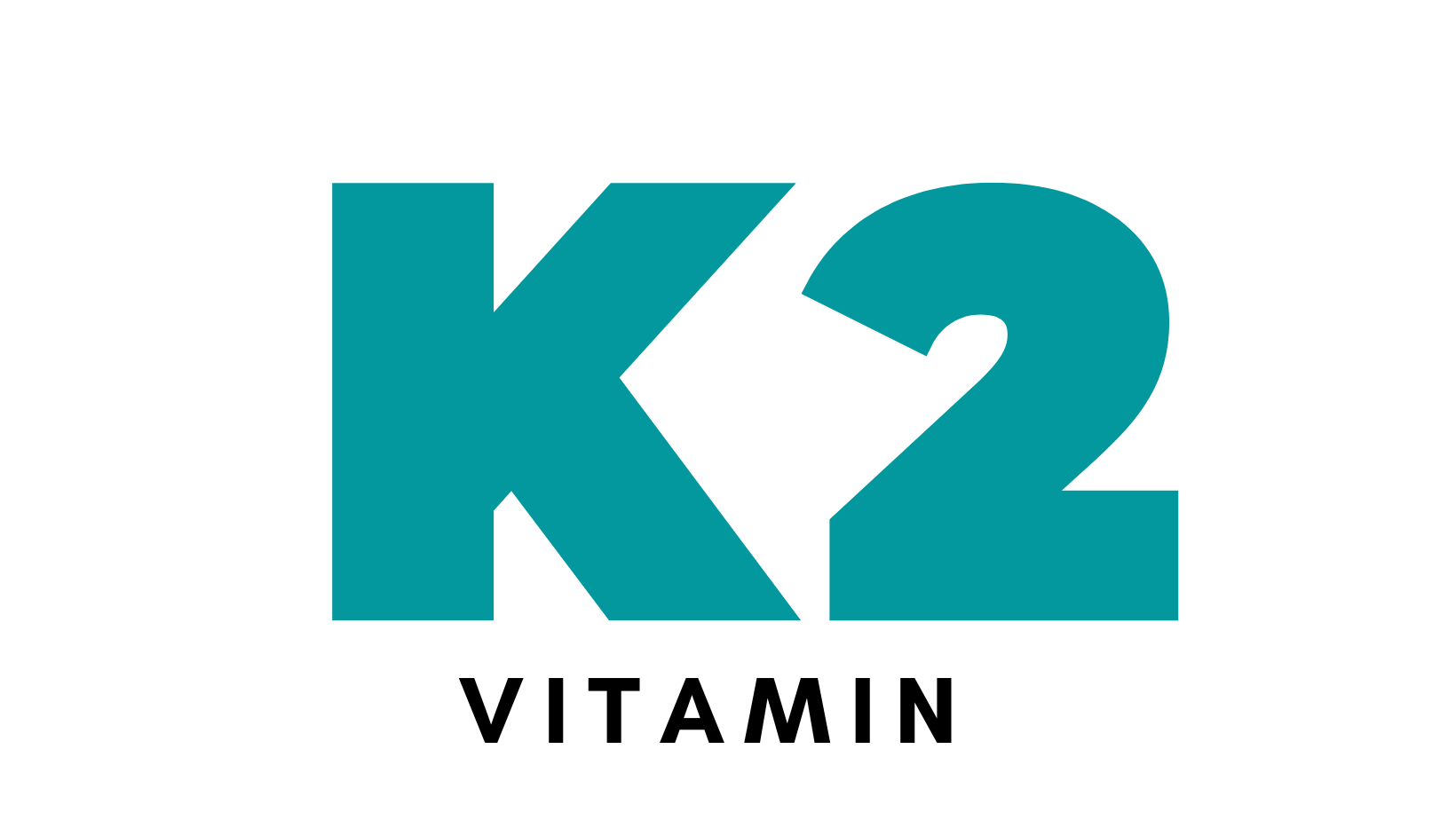
Has This Secret to Superior Health Been Kept From You?
If you’ll remember from the last email, we’re on the subject of vitamin K-2.
K2 MK-7 to be precise.
The short answer is, No, this hasn’t been kept secret, it’s more that most physicians aren’t familiar with vitamin K-2
Now, I left off with telling you about the availability of K2 MK-7 in your diet, and here I’m going to talk about dosing.
What you might find surprising is nearly all Americans are deficient in K-2.
If you listen to both myself and my partners, you’ll know we’re firm believers that health is determined by diet.
So how is it that our diet has left us so deficient in K-2, you might be wondering…?
Well, it’s pretty easy to explain this phenomena. As human’s have become more dependent on less “natural” sources of food, we’ve seen K-2 levels deplete as they’ve moved towards processed foods and animals raised on foods that aren’t part of their normal diet.
That’s the one thing you need to realize about K-2.
As much as a diet based on Fruit Loops and McDonald’s isn’t good for you, when animals consume a diet inconsistent with their natural diet, they also experience less than optimal health (as well as becoming deficient in Vitamin K-2).
Think back to second grade and what you learned about the food chain. The basic premise of the food chain is very much dependent on each link being as strong as the one before it.
So, if you take an animal out of its natural environment, get rid of its natural dietary food sources, you then weaken the chain. In turn, you become weak, too.
Pretty simple stuff.
And, remember, this is true of all health.
Which leads me into necessary dietary levels of K-2.
Read This to See How Much K-2 You Need
The one thing that you need to remember is there are two different main forms of K-2.
There are others, but we’re not concerned about those because they’re synthetic and unsubstantial.
The two forms are MK-4 and MK-7.
The main differences between the two is their half-life. MK-4 has a short half-life, in about an hour, the amount inside of your body will reduce by half. Kind of like the amount of money in your paycheck after taxes come out.
The interesting thing about MK-4 is it is the one that is found in most dietary sources. This means to rely on dietary sources means you need to be eating a constant amount that is high in MK-4 to get the amount of K-2 you need.
MK-4 is found in your traditional animal based products…whereas MK-7 is the one found in a bacterially-formed product called natto.
Take a look at this list that shows you the breakdown of K-2 in foods:
From “The Calcium Paradox”
- Natto 1,103.4 (90% MK-7, 10% other MK)
- Goose liver pâté 369.0 (100% MK-4)
- Hard cheeses (Dutch Gouda style) 76.3 (6% MK-4, 94% other MK)
- Soft cheeses (French Brie style) 56.5 (6.5% MK-4, 93.5% other MK)
- Egg yolk (Netherlands) 32.1 (98% MK-4, 2% other MK)
- Goose leg 31.0 (100% MK-4)
- Egg yolk (U.S.) 15.5 (100% MK-4)
- Butter 15.0 (100% MK-4)
- Chicken liver (raw) 14.1 (100% MK-4)
- Chicken liver (pan-fried) 12.6 (100% MK-4)
- Cheddar cheese (U.S.) 10.2 (6% MK-4, 94% other MK)
- Meat franks 9.8 (100% MK-4)
As you can see, there’s not that much MK-4 in dietary sources.
MK-7 has a much longer half-life than MK-4. It is estimated to last for as long as a few days in the body. This means that you can ingest the needed amounts once a day and you’ll be fine.
“But how much do I need, Dr. Wiggy?”, you might be asking.
I’m not here to answer questions…oh wait, yes I am. And, fortunately, that’s a fairly simple question to answer. :-)
According to researchers, an effective dose of Vitamin K-2 MK-7 is around 150 micrograms.
When it comes to MK-4, it’s about 45 milligrams.
Just in case you glossed over that, 45 milligrams is substantially more than 150 micrograms.
The belief is, since MK-7 has a longer half-life, it’s more effectively extracted by the body, so you don’t need nearly as much of it as you would MK-4.
Another huge reason to supplement with K-2 is it’s also been proven to be very safe.
In some clinical studies, it’s been administered a thousand-fold more than the recommended amount with no significant side effects.
One thing to keep in mind is if you’re taking oral Vitamin D (which I recommend with furious passion) K-2 will prove very helpful in optimizing Vitamin D activity. Read all about Vit D3 and K-2 here.
How To Determine if You’re Deficient in K-2
While it can probably be assumed you’re deficient in K-2 (no, I’m not judging you), if you want to know what your K-2 levels are, you can take several tests to get an idea as to what they are.
Presently, the best tests for K-2 testing aren’t available in North America, so keep this in mind while I describe the following tests (on that note, they should be here soon).
The first test is the Undercarboxylated Osteocalcin or (ucOC) Tests.
You might not know what osteocalicn (augh-stee-oh-kal-sin) is. Fortunately for you, I can tell you in plain English.
Osteocalcin is a protein that plays a role in the formation of bone structure. The way it works is to draw calcium from the body into the bone to help build bone. In fact, it was the first vitamin K-dependent protein discovered that didn’t play a role in blood clotting (which is what K-1 was originally known for).
It even serves as a hormone and helps to boost testosterone in men.
What this test does is it looks for osteocalcin in your blood. When K-2 is in the body it activates (carboxylates) osteocalcin and turns into cabroxylated osteocalcin (Kar-box-ill-ated — augh-stee-oh-kal-sin).
This means the presence of undercarboxylated (unactivated) osteocalcin means a lack of K-2
Following?
If you do, you can move to the next test.
The next test is the ucOC ratio test.
Note, this test isn’t commonly available, nor is it performed all that often.
In this test they’re looking for undercarboxylated osteocalcin and then comparing it with the amount of osteocalcin in your blood.
Since undercarboxylated osteocalcin in high amounts means a lack of K-2, the amount of osteocalcin that’s in your blood will tell those analyzing the blood sample how much K-2 is there (by analyzing the ratio of conversion).
It needs to be said that since this test isn’t used by many healthcare providers, and since there is also the problem of comparing undercarboxylated osteocalcin to either carboxylated osteocalcin, it’s hard to tell you what good results would be.
And so the next test needs to be discussed.
It’s called the Absolute ucOC test.
This test only measures osteocalcin in your bloodstream.
The only problem with this test is K-2 isn’t the only thing that affects osteocalcin levels in the blood. So, in theory, other factors could affect the results the test displays.
The fact is undercarboxylated osteocalcin in the body might just be there because there’s more or less osteocalcin waiting to be carboxylated.
If that’s confusing, let met explain it like this.
All this test does it tells you how much osteocalcin you have in your blood. Different factors affect that level, so anyone studying the results is going to compare your results to a range believed to be normal.
Essentially, it’s not an exact way to measure K-2 levels only the amount of osteocalcin in your blood that K-2 could eventually activate (carboxylate).
And, I’ll stop going through the testing here, even though there are other tests you could have performed on yourself.
Why Would I Stop Talking About Testing?
It’s simple really. You’re more than likely deficient in K-2, and, even if you aren’t, you could still stand to benefit from more K-2, especially since it has been shown to be very safe.
Honestly, eating better quality foods and taking a supplemental form of MK-7 would be one of the best places to begin building better health.
And, speaking of health, there’s one thing that K-2 does for health I totally forgot to mention.
It’s actually the reason I'm so incredibly excited about K-2.
You’ve got to pay attention to this next article because it affects everyone’s health, no matter how old you are.
Keep on the lookout, and I’ll have it over to you ASAP.
To learn more about our Vitamin K-2 click here.
Talk soon,
Dr. Wiggy
www.HealthAsItOughtToBe.com



